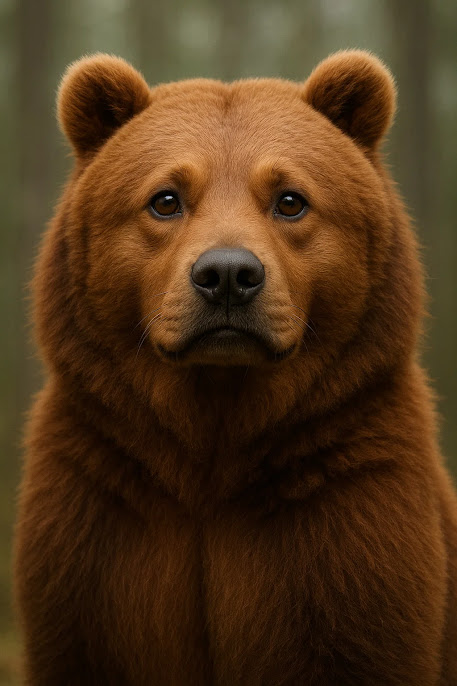Introduction:
The bear is one of the largest land animals and belongs to the mammal family. It lives in various regions of the world, including North America, Europe, and Asia. It is characterized by its great strength and ferocity, in addition to its keen senses that make it a skilled hunter.
- Definition of Bears for Kids
- What do bears eat?
- Types of Bears in the World
- Is a bear a predator?
- Information about the brown bear
- The difference between a bear and a panda
- How can a bear survive the winter?
Definition of a Bear:
The bear is a large mammal, characterized by a strong, fur-covered body and strong legs ending in sharp claws. It lives in forests, mountains, and polar regions.
Key Characteristics of a Bear:
- Size: It can reach 3 meters in length and weigh more than 600 kg.
- Fur: Dense, protects it from the cold.
- Senses: It has a very strong sense of smell.
al-align: inherit;">- Intelligence: They are considered one of the most intelligent land animals.
- Hibernation: They sleep for long periods during the winter.
Among the most beneficial foods for bears are:
- Fish (especially salmon).
- Honey (one of their favorite foods).
- Fruits and berries.
- Meat: They sometimes hunt small animals.
- Plants and roots.
Negative Behaviors of Bears:
- They can be extremely aggressive when they feel threatened.
- They sometimes attack humans, especially to protect their young.
- They cause damage to crops while searching for food.
- They are difficult to tame and pose a danger in captivity.
The bear is an impressive animal, known for its strength and intelligence, but its natural habitat must be respected. Understanding this animal's behavior helps protect it and prevent its dangers.

